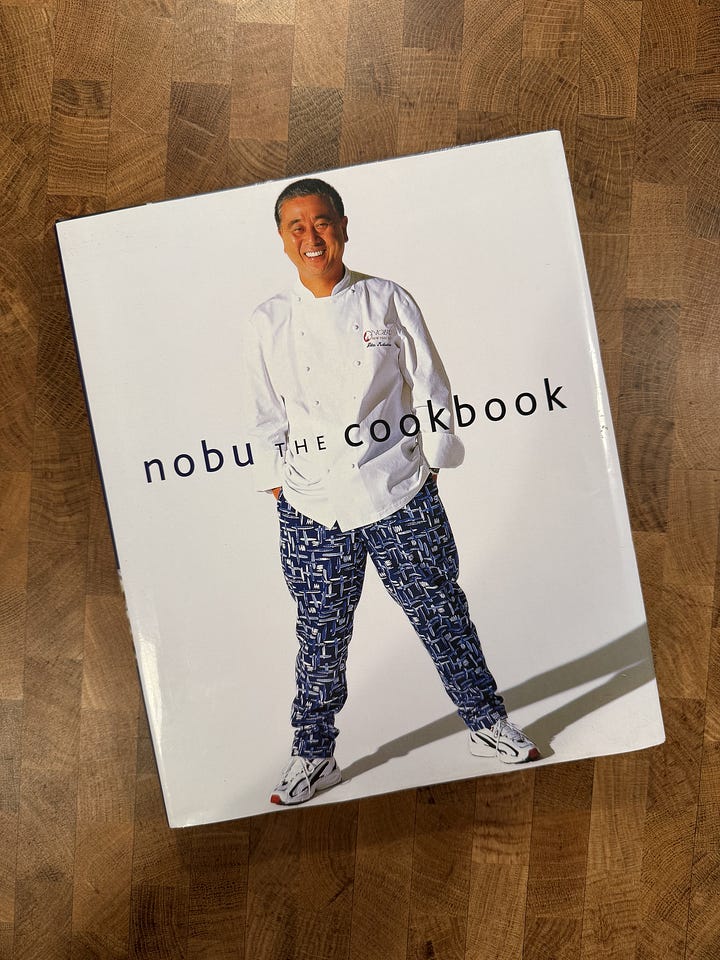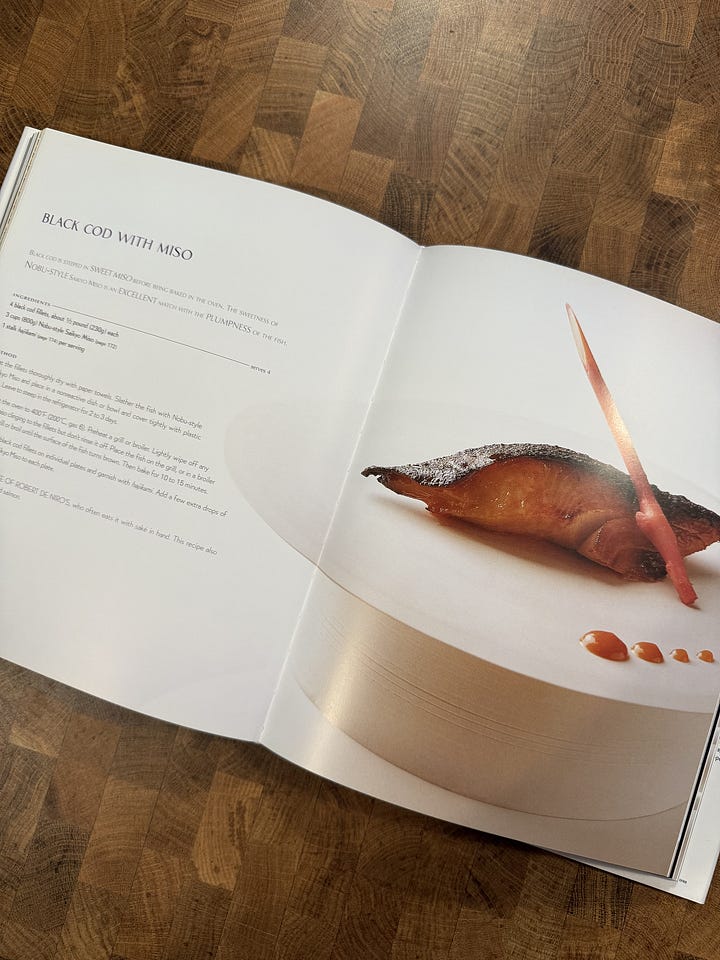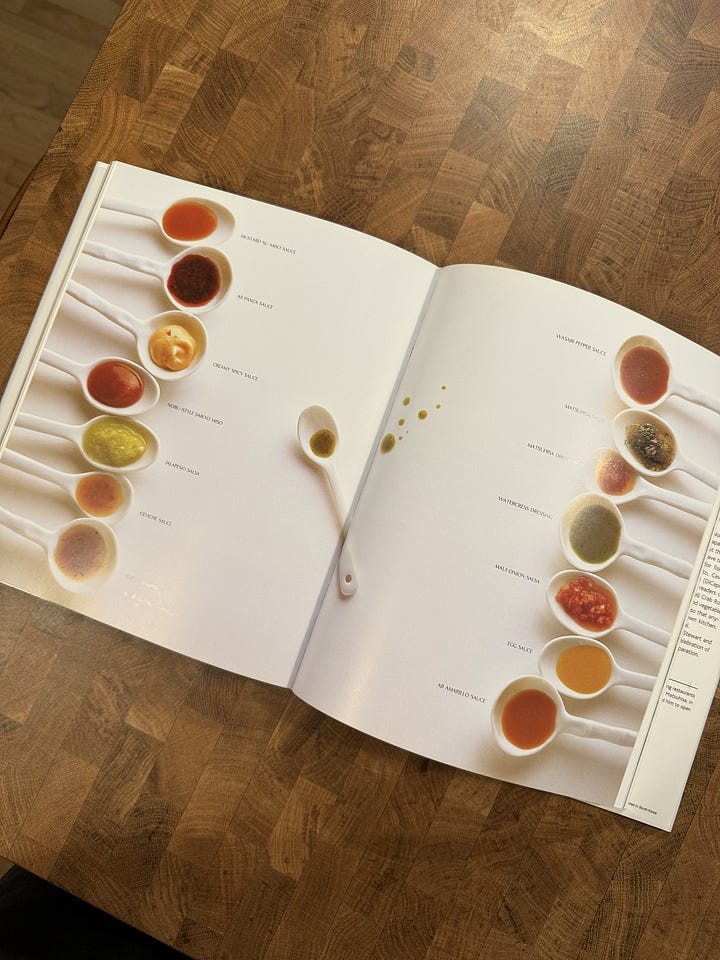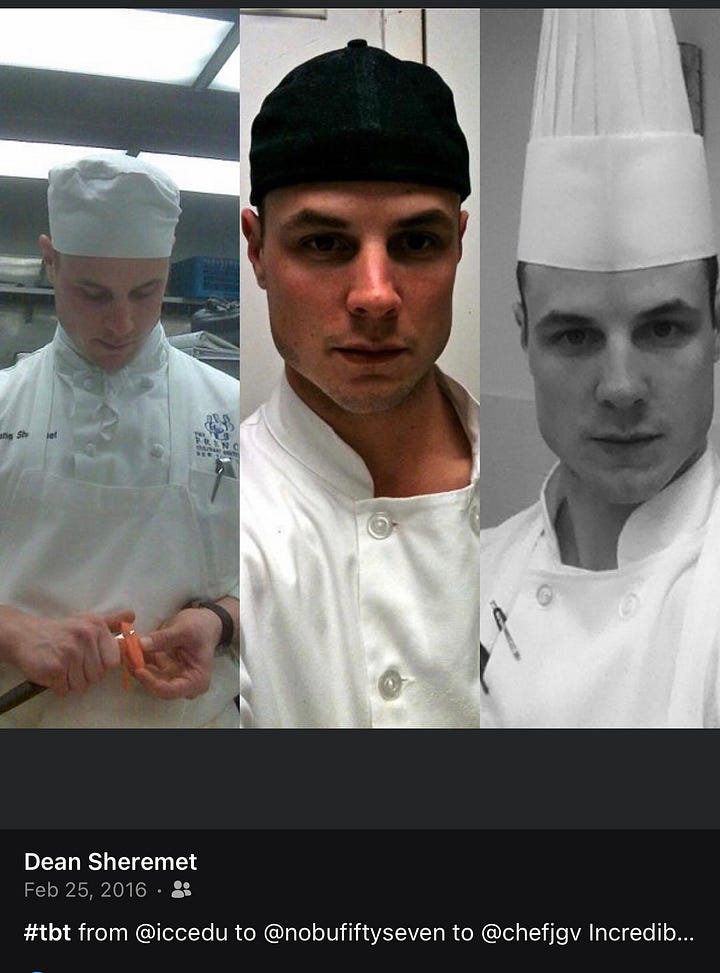



I’ll never forget my first shifts at Nobu 57. Walking in fresh from culinary school, diploma in hand and my head still buzzing from French cooking techniques, I thought I had it all figured out. I’d graduated at the top of my class, knew my sauces from my stocks, and was proud of how cleanly I could break down any protein that came my way. But none of that could have fully prepared me for the reality of a high-energy kitchen where every dish had to be perfect – and had to be ready five minutes ago.
I’d actually been going to Nobu for years before I ever stepped into the kitchen as a cook. Being married to a celebrity singer had its perks, and frequent Nobu visits were one of them. As a regular, I got a sneak peek into the allure of Nobu’s presentation, the balance of flavors, the dedication that went into each plate. Every dish had a purpose, a story, and an artistry that, as a guest, you could feel in each bite. I’m not going to lie – knowing the menu from a guest’s perspective was like having a bit of a cheat code. I already knew exactly how each dish should look, how it should taste, and what it should evoke.
But being behind the line was a different story. Even with my academic success in French culinary, I didn’t know what it was like to be in the trenches – the unrelenting pace, the constant pressure, the camaraderie, and the sheer physicality of the job. “The Nobu Cookbook” was my lifeline in those early days. It wasn’t just a source of recipes; it was my way of translating Nobu’s essence into my actions. Every dish was like a puzzle, and the book was the key to understanding each piece. It taught me how to get into the mindset of Nobu’s signature style, to respect each ingredient, and to balance flavors with a minimalistic elegance that wasn’t always intuitive for a classically trained French chef.
I spent my time at Nobu learning every station I could, understanding not only what made each dish iconic but also how to keep up with the fast-paced environment. The cookbook guided me in mastering techniques that weren’t in any culinary school curriculum, from the precise slicing techniques to understanding the soul of Japanese flavors. It’s one thing to follow a recipe; it’s another to live it night after night, refining it with the heartbeat of the kitchen.
Literally every classic recipe you love and know is in there, from the Iconic Black Cod Miso to the New Style Salmon and every sauce in between. The actual recipe, pretty amazing.
There’s a nostalgia I feel when I look back on those days. I miss New York – the rhythm of the city, the subway rides to work, the after-shift beers with fellow cooks as we tried to shake off the intensity of the night. It was a community, a shared drive to create something that resonated with people. The Nobu kitchen was a place where you put aside everything else and just focused on the craft, on making each plate better than the last.
Now, even though I’ve moved on, the lessons I learned at Nobu and from that cookbook are ones I still carry with me. It taught me humility, speed, discipline, and most of all, respect for a style of cooking that became a foundation of my career. If you ask me what the single most important tool in my development was back then, I’d say, without hesitation, “The Nobu Cookbook.” It’s a book I still return to, not only for recipes but as a reminder of where I came from and what it means to truly learn from the best.



